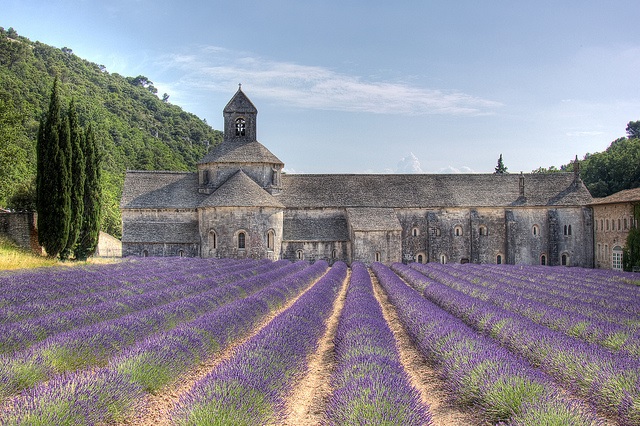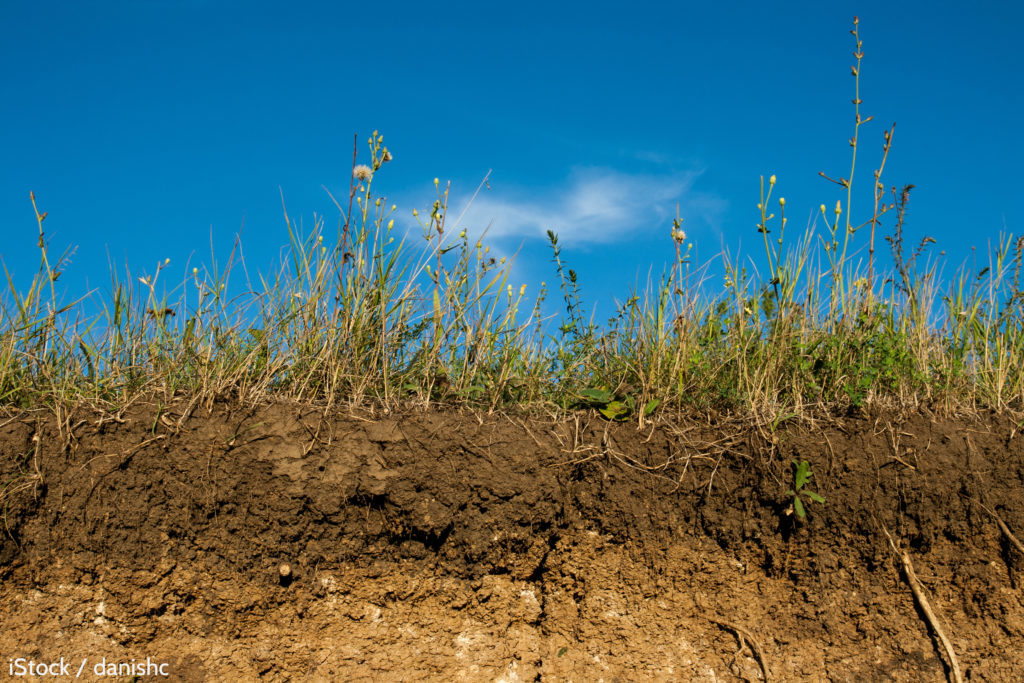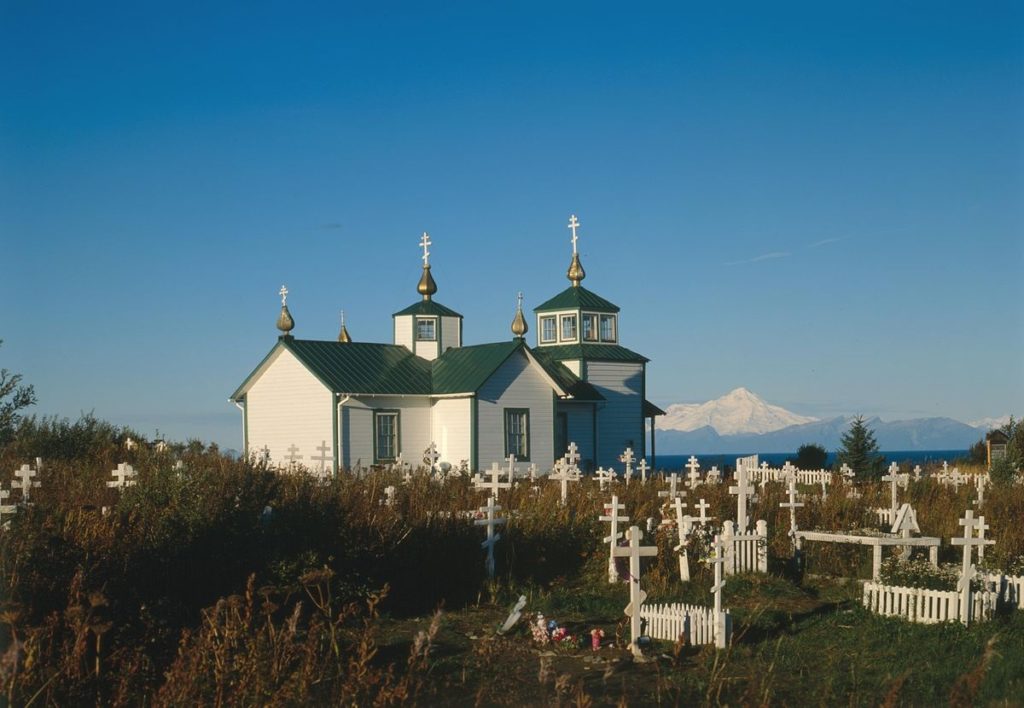Soil collects and absorbs carbon and farmers can exploit this by adapting their farming methods. Variations in soil organic carbon stocks are important for the Earth’s ecosystem. Soil interacts strongly with climate and land cover change, providing a natural source of nutrients for crops. Farmers, by abandoning the ‘traditional’ use of pesticides and heavy management of the land, would ensure healthy and high yielding crops and at the same time help safeguard the world’s carbon stocks.

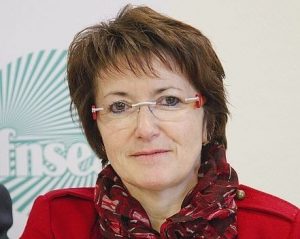
Christiane Lambert, the head of the French farmers’ union FNSEA* emphasised these points at the recent International Agricultural Salon. Farmers can benefit from climate change she said, and turn it to their and everyone’s advantage. Concrete, parquet or other flooring and roads surfaces for example cannot absorb carbon, she said, so farmers are well placed for the future provided they systematically practise soil conservation, plant intermediate cover crops instead of ploughing the earth, and exploit the biomass waste they and others produce.
Research into farming methods, such as the ongoing MEMOLA project in Spain (to name only one) which studies landscapes of the past to uncover long-forgotten irrigation systems, brings to the forefront the important role farmers have in managing climate change and rural exodus. Farmers are now seen as the potential saviours of France’s ecosystem and as the new producers of energy at a time when France has set its goal of attaining 100% renewable energy by 2050. Until recently French farmers have been seen in a less positive light by the general public because of their over-use of pesticides and reliance on heavy management of the land, which has caused soil erosion and pollution of land, water and air.
Soil conservation
The methods farmers have been called upon to practise consists of three steps:
- No ploughing
- Keeping permanent cover on the soil
- Diversifying rotation crops.
However, a survey this month carried out by the Institut ADquation for the magazine Agrodistribution revealed that only 25% of farmers questioned practise soil conservation.
45% of farmers said they didn’t know what soil conservation was.
22% knew what soil conservation was but did not practise it, but said they will do so in the next three years.
75% of those already using the method said they could continue producing without the use of glyphosate.
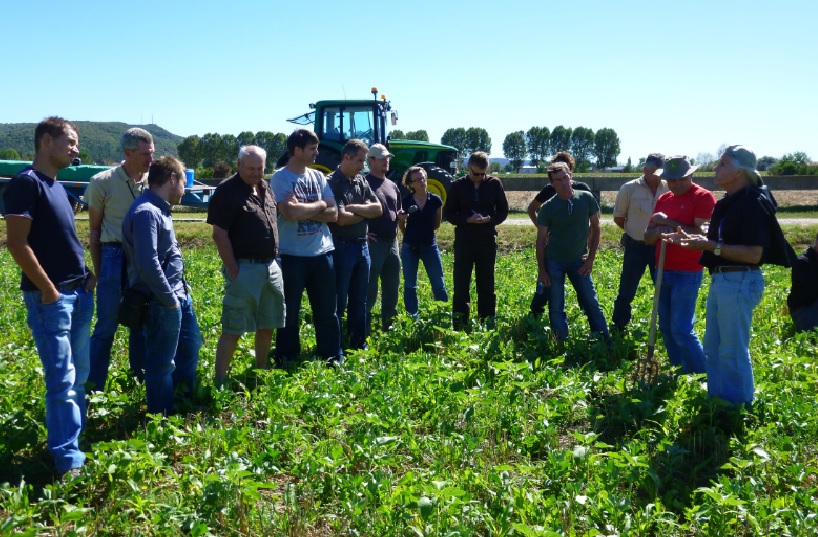
But these figures do not reflect a more serious reality says the President of the Association APAD which specialises in soil conservation farming. He said only 2% of farmers (and not 25%), practise soil conservation because they disregard the three important steps mentioned above which they argue are too restrictive.
But there is a growing number of converts. Farmers belonging to the Association Base whose membership is growing claim their soil has improved after they mixed in certain plants with their crops, and systematically sowed cover plants between crops. As a result, they say, they’ve reduced the amount of pesticides (sometimes by up to 70 per cent). Another plus is cover crops have opened up new opportunities such as animal feed and biomass for renewable energy.
Breaking the Bonds
Farmers at the Agricultural Salon argued that they need more training in the latest agricultural techniques, and money for the transition. Lack of information, poor communication and administrative red tape discourage many from taking the step. Patrice Geoffron, president of a working group at the think tank La Fabrique Ecologique has spoken of a real obstacle race for farmers wanting to set up methane projects for example, with genuine moments of solitude. He points out that the French Regions lack the necessary tools, finance and human resources and that local opposition to projects (see Mess, manure, and anaerobic digesters) needs to be addressed by, for example, stepping up informative debates between local populations and farmers. Presided by the above mentioned Patrice Geoffron, La Fabrique Ecologique’s reflection group has published a report which mostly corroborates with the more recent report drawn up by the FNSEA, the French Environment & Energy Management Agency Ademe, NégaWatt, the French gas board GRDF, and GRTgaz. This more recent report will be presented to the Minister for Ecology and meanwhile is still open for public debate. Both reports consider gas renewables and methane production in France and methods used, with the aim of ensuring that France’s goals in alternative energy are met.
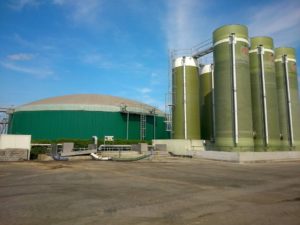
Recommendations include tripling the number of agricultural methanisation sites by 2020 and developing Power-to-Gas (a method which transforms electricity into hydrogen for easy storage– see further below in this article). For methanisation, it calls on local collectivities to play a larger role in helping farmers set up administratively and financially, given that local collectivities are the first beneficiaries of a circular economy which methane production can offer, ensuring that the producer has just one interlocutor and not a plethora of them which breeds miscommunication and delays. Access to bank credit should be made easier, delays shortened, and procedures in general simplified. Training for farmers wanting to methanise, it emphasises, is of primordial importance, and the earlier the project is presented, the more likely it is to be accepted locally.
One hundred million Euros for methanisation projects
President Macron announced late February just before the Agricultural Salon that €100 million will be set aside for methanisation projects. The money will be made available via the French public investment bank la Banque Publique d’investissement. An Agreement was struck at the Salon between the FNSEA, GRDF and the French Agricultural chambers of commerce, to strengthen collaboration between farmers and GRDF in the production of gas energy through methanisation. The Agreement – which concerns all renewables – casts a new light on farmers, this thanks to the Farmers’ Union head Christiane Lambert, herself a farmer who vocally embraces change. She has shifted the focus from farmers’ rights to consumer needs. The approach is new, even if she is still addressing farmers’ concerns. The Agreement embraces the aim to increase by 10% to 30% the use of renewable gas by 2030.


Why Bio-gas, and how does it work?
Gas is easier to stock than electricity, and the GRTgaz network claims it is sized to accept part of the hydrogen (from the Power-to-Gas method) and 100% of synthesized methane. The gas produced has a fully neutral carbon footprint.
Methanisaion is another word for anaerobic digestion; biogasis is generated under particular and controlled conditions by the fermentation of orgnanic matter. See Mess, Manure and Anaerobic Digesters.
Power-to-Gas is a method which transforms electricity into hydrogen through water electrolysis and permits storage in the medium term. On an as-needed basis, the hydrogen is then combined with carbon dioxide (CO2) to obtain synthesized methane gas for distribution.
Pyrogasification is a thermic treatment of dry carbon (biomass, waste). The procedure transforms the matter into syngas, oil, and/or carbon which is easy to stock, according to the Club Pyrogazéification.
The ADEME/GRDF/GRTgas report affirms it is possible for France to reach her target of 100% renewable energy by 2050 with a theoretical potential of 460 TWh of renewable gas. In its scenario:
- Methanisation will supply 30%.
- Pyrogasification 40%. (Although technologies with strong potential such as this and the gasification of algae still need developing.)
- Power-To-Gas 30%.
It also claims that gas demand of between 276 and 361 TWh in 2050 can be satisfied by renewable gas for an overall cost of €116 – €156/MWh.
An expert from GRDF at the Salon told me that projects such as methanisation have the virtue of bringing together players from different sectors and thus have the potential to build communities, alleviating the isolation of French rural communities (particularly in the Orne and the Cevennes areas), and to prevent exodus to the cities. Projects such as the use of canteen waste from local schools can be used in the methanisation process to produce electricity (from the biogas) which in turn can be offered back to the schools, local shops, and local communities.

___________________________________
- On 6 March, Suez announced the extension of its online digital platform Organix throughout France. Organix brings together producers of organic waste and those producing methane. During its experimental phase, Organix facilitated the transaction of some 8 000 tons in Brittany, Normandy and the Loire, most of it dealing in grape seeds, cereal and food waste. Producers – agricultural cooperatives, and the food and pharmaceutical industries – commercialised their waste through auction.
- French Minister of State Nicolas Hulot announced 28 February the 11 new winners to develop power generation facilities from biomass. These represent a volume of 52.9 MW: nine wood energy projects and two methanisation projects. Together they will produce renewable electricity for an annual volume of 400 GWh; renewable heat to 1,000 GWh per year. This is the second period of this call for projects, which was launched in February 2016.
See also:
Mess, Manure and Anaerobic Digesters
Green Gas and the Presidentials: Winds of Change in France
2018 International Agricultural Salon, France
*The French Farmers Union: Fédération nationale des syndicats d’exploitants agricoles/FNSEA
Up to date EU Farm Structure data will be available May 2018 on Eurostat’s statistics portal ‘Agri-environmental indicator – soil cover‘.
2-4 July 2018 World Bioenergy Congress and Expo, Berlin, Germany.
Credit photo featured on homepage: Jonathan Alpeyrie at Politico Europe
